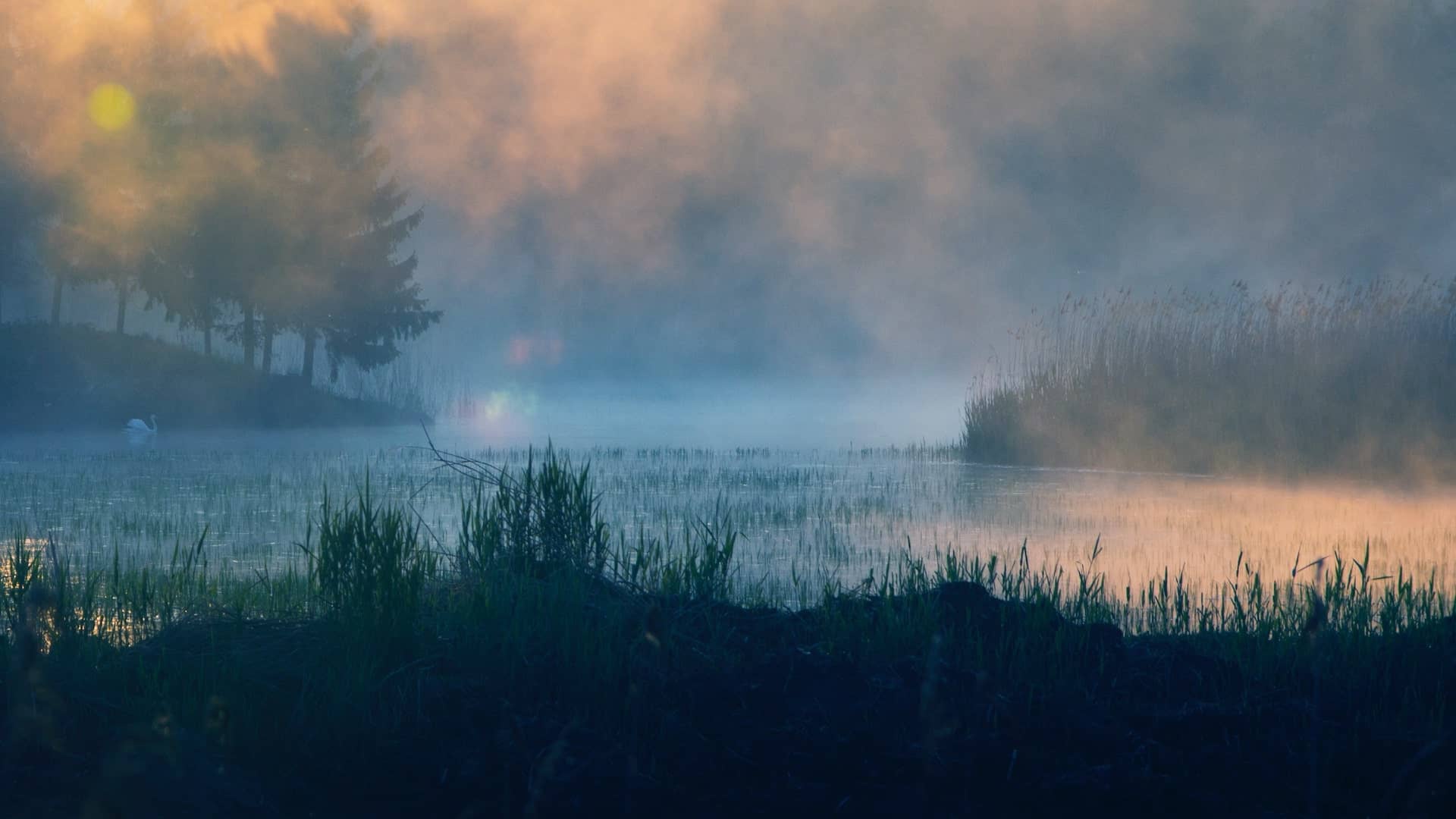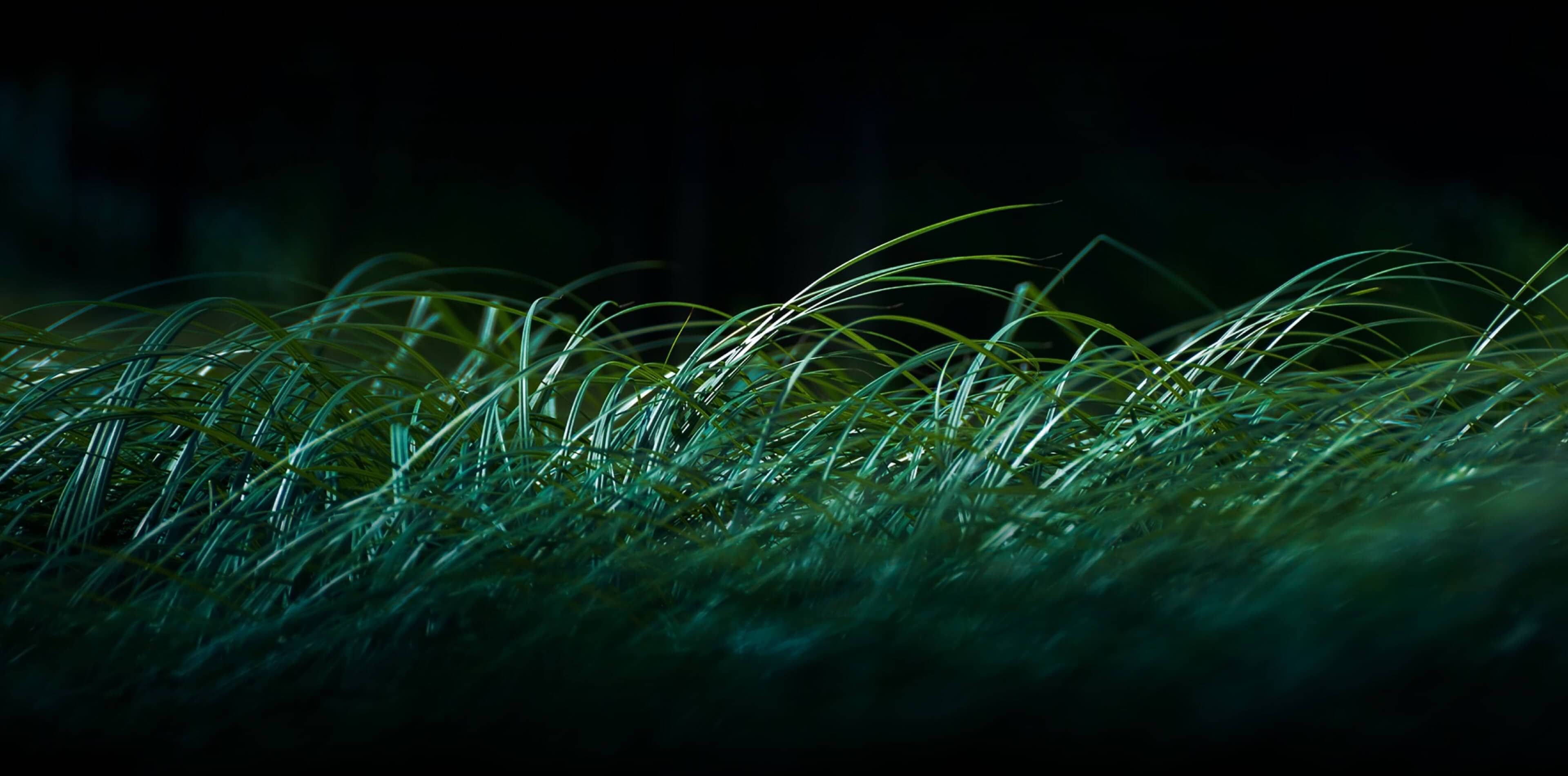



History
of carp
WHERE carp comes from

Areas of carp domestication and directions of its spread by humans
|
|
- watershed of the Black Sea and the Caspian Sea, Aral Lakes, Asia Minor, Danube Delta |
|
|
- eastern China |
Originally, the range of the wild form of carp, the so-called sazan, extended from the Black Sea catchment area to eastern China. The range of the species probably split into eastern and western parts during the Ice Age. In these two areas - in Dacia (Danube delta) and China - the carp was domesticated in the 5th century BC, most likely in parallel. In Europe, the fish was spread by the Romans.
Carp was introduced into the natural inland waters of Africa, Australia, the Americas and parts of Europe and Asia in modern times as a farmed fish. The carp was most probably brought to Poland in the 11th century by the Cistercian Order.



Woodcut, work by B. Paprocki "Knight's Circle", Kraków, after 1557.
In the Middle Ages, some of the largest pond complexes were created in the Barycz Valley. Pond farming, which developed over several hundred years, still uses traditional methods of harvesting fish, although horses and oxen have now been replaced by tractors and mechanical equipment.
Farmed forms
The original form of carp living in the wild, the so-called sazan, is characterised by an elongated body, numerous small scales and a weak back. Through domestication and the selection of the fish towards a small head, large body and high meat weight, a farmed form was developed.

Karp dziki (sazan)

Karp pełnołuski
Due to the number and shape of the scales, there are several breeding forms that are crossbred with each other. The body of the bighead carp is covered with a large number of small scales. Lamped carp have large scales (mirrored) only in a line along the side of the body, known as lampas. The hulless carp is completely devoid of scales.

Lustrzeń lampasowy ma duże łuski (lustrzane) w linii wzdłuż ciała tzw. lampas

Karp bezłuski (skórzak, golec) jest prawie całkowicie pozbawiony łusek
The carp is a fish that is resistant to low oxygen levels in the water and grows fastest in warm water (18°C-29°C). This is why carp ponds are shallow - about 1.5 m deep - so that the water warms up quickly.

Barrels with fish, photo from the catch (photo: archive of Stawy Milickie SA)

Sorting fish (photo: archive of Stawy Milickie SA)
see you
in the Barycz Valley
